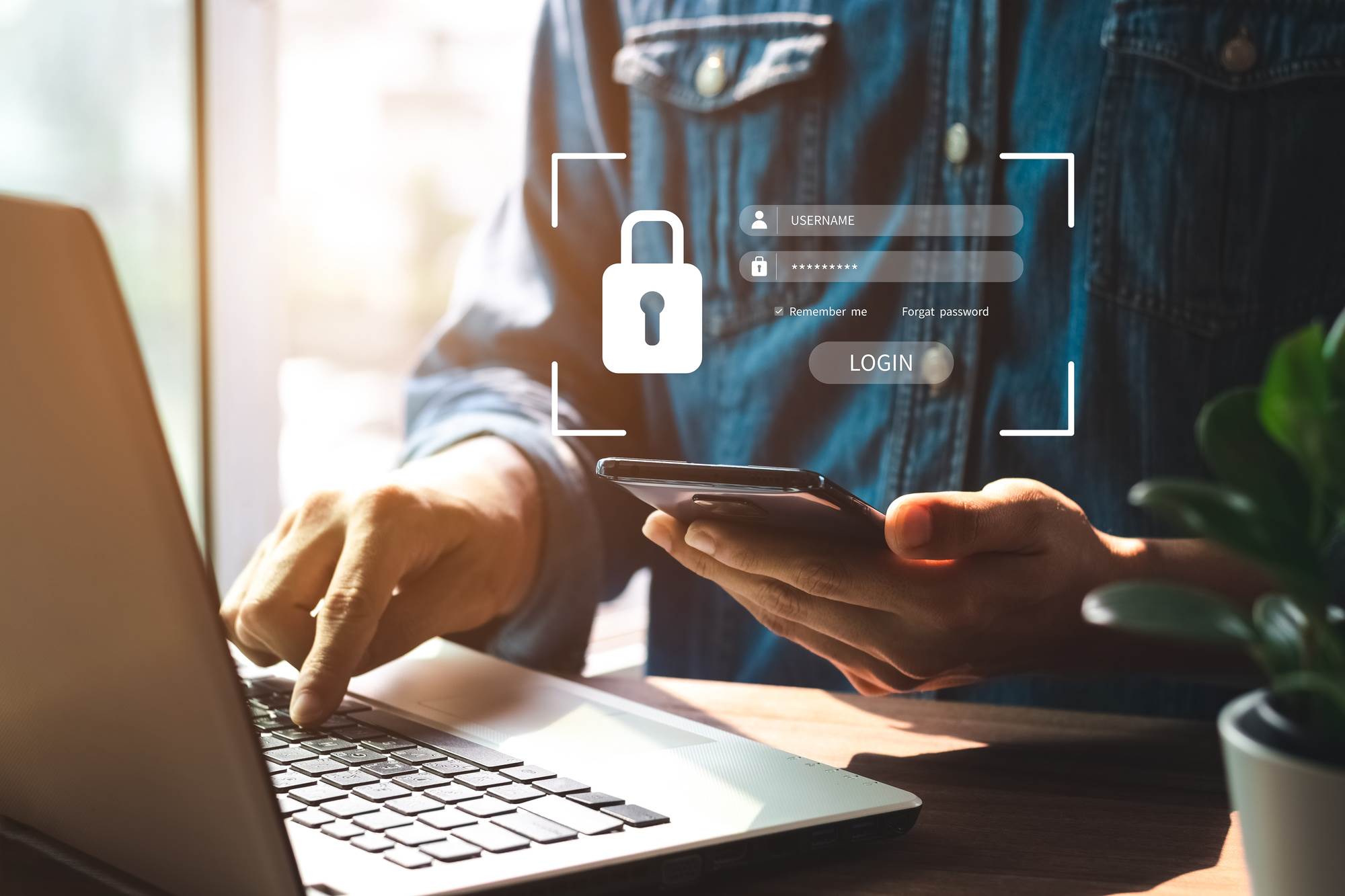
Critical infrastructure is a crucial system and asset for properly operating society and the economy. These encompass transportation systems, energy grids, communication networks, water supplies, and other similar entities.
Critical infrastructure offers the basic services that people depend on every day. Therefore, it’s imperative to safeguard these assets from potential threats.
As cyber-attacks and physical security breaches continue skyrocketing, critical infrastructure solutions have become more essential than ever. Organizations should be proactive in safeguarding these systems against all types of threats.
Cyber threats can vary from malware to ransomware attacks, leading to significant financial and reputational harm. Physical threats such as natural calamities or terrorist attacks can cause considerable physical damage and disruptions to critical infrastructure.
To shield against these threats, organizations must implement the best practices for critical infrastructure security. Keep reading to find out about these practices.

- Conduct Risk Assessments
One crucial step concerning the security of the critical infrastructure is performing risk assessments. These assessments assist in identifying potential weaknesses in your infrastructure and prioritizing the risks you must deal with. This approach allows you to allocate your resources to where they are most necessary and take measures to lessen the probability and impact of security incidents.
For example, a risk assessment may determine that your organization’s physical infrastructure is prone to unauthorized access because of inadequate fencing or security cameras. Alternatively, it might identify that your organization’s IT infrastructure is vulnerable to cyberattacks due to outdated software or weak passwords.
Prioritizing risks is critical to the efficient management of security threats. Concentrating on the most substantial risks initially guarantees that your critical infrastructure is adequately safeguarded, even if resources are scarce.
Examples of potential vulnerabilities that may be detected during a risk assessment comprise physical weaknesses like access points, power sources, and communication lines, as well as cyber weaknesses like weak passwords, unsecured networks, and outdated software.
- Implement Access Controls
Implementing access controls is crucial for maintaining the security of the critical infrastructure. Access controls refer to a range of physical and electronic measures that limit access to critical infrastructure to only authorized personnel.
Physical access controls include enclosing with fencing, monitoring with security cameras, and verifying identification through entry-point checks. In contrast, electronic access controls embrace techniques such as password protection, biometric authentication, and implementing two-factor authentication.
Limiting access to critical infrastructure helps prevent unauthorized individuals from gaining entry and causing harm to people, property, or data. Besides safeguarding against deliberate threats, this measure helps avoid unintentional damage to critical infrastructure. It’s because team members who aren’t trained to handle critical infrastructure may cause damage to it accidentally.
Furthermore, access controls can help organizations maintain regulatory compliance. Many regulations require organizations to implement access controls to protect sensitive information and maintain individuals’ privacy.

- Monitor And Detect
Detecting and monitoring potential security threats is fundamental to critical infrastructure security. This security practice requires surveillance and discernment instruments to detect suspicious behaviors or potential threats instantly.
Some monitoring and detection tools comprise intrusion detection systems, firewalls, and security information and event management (SIEM) systems. Identifying threats and suspicious activities in real-time is vital in preventing security incidents from happening.
By monitoring critical infrastructure in real-time, organizations can identify potential security threats before they become severe and take measures to alleviate them.
Apart from detecting security threats, responding swiftly to security incidents is also essential. A prompt response can help prevent further damage and minimize the impact of a security incident on critical infrastructure. This step demands a meticulously crafted incident response plan and equipped personnel ready to respond swiftly to security incidents.
- Train Team Members
Ensuring critical infrastructure security requires training team members. Team members must be trained to handle sensitive information or identify potential security threats to avoid inadvertently exposing critical infrastructure to risk.
Proper training can help team members comprehend the importance of correctly handling sensitive information and teach them best practices. This encompasses securely storing sensitive information, not sharing login credentials, and being aware of phishing attempts.
Furthermore, training can aid team members in recognizing potential security threats and promptly reporting suspicious activities. This can assist organizations in detecting and responding to security incidents promptly before they have a chance to cause significant harm.
Continuous training is also crucial since threats and optimal practices are constantly changing. Regular training sessions help keep team members updated on the latest security threats and best practices for handling sensitive information.
Conclusion
Overall, safeguarding critical infrastructure is pivotal for preventing possible security risks and maintaining the customers’ and stakeholders’ trust. By prioritizing critical infrastructure security, organizations can guarantee that their systems are robust and reliable and keep the faith and confidence of those who rely on them.